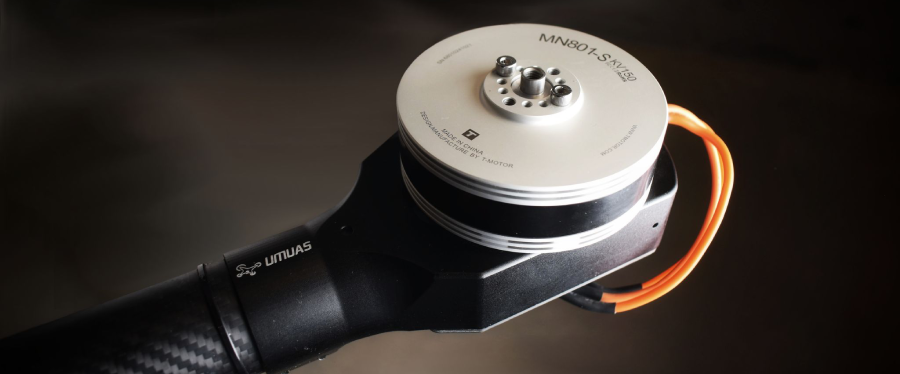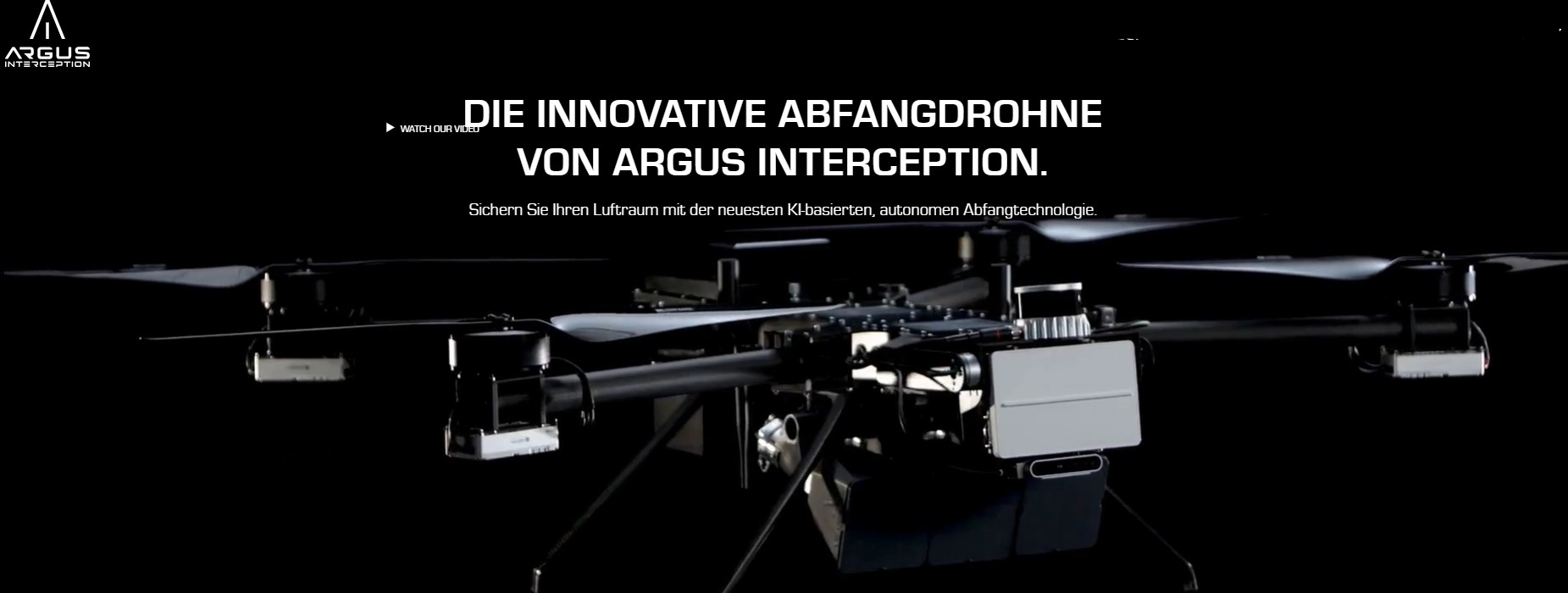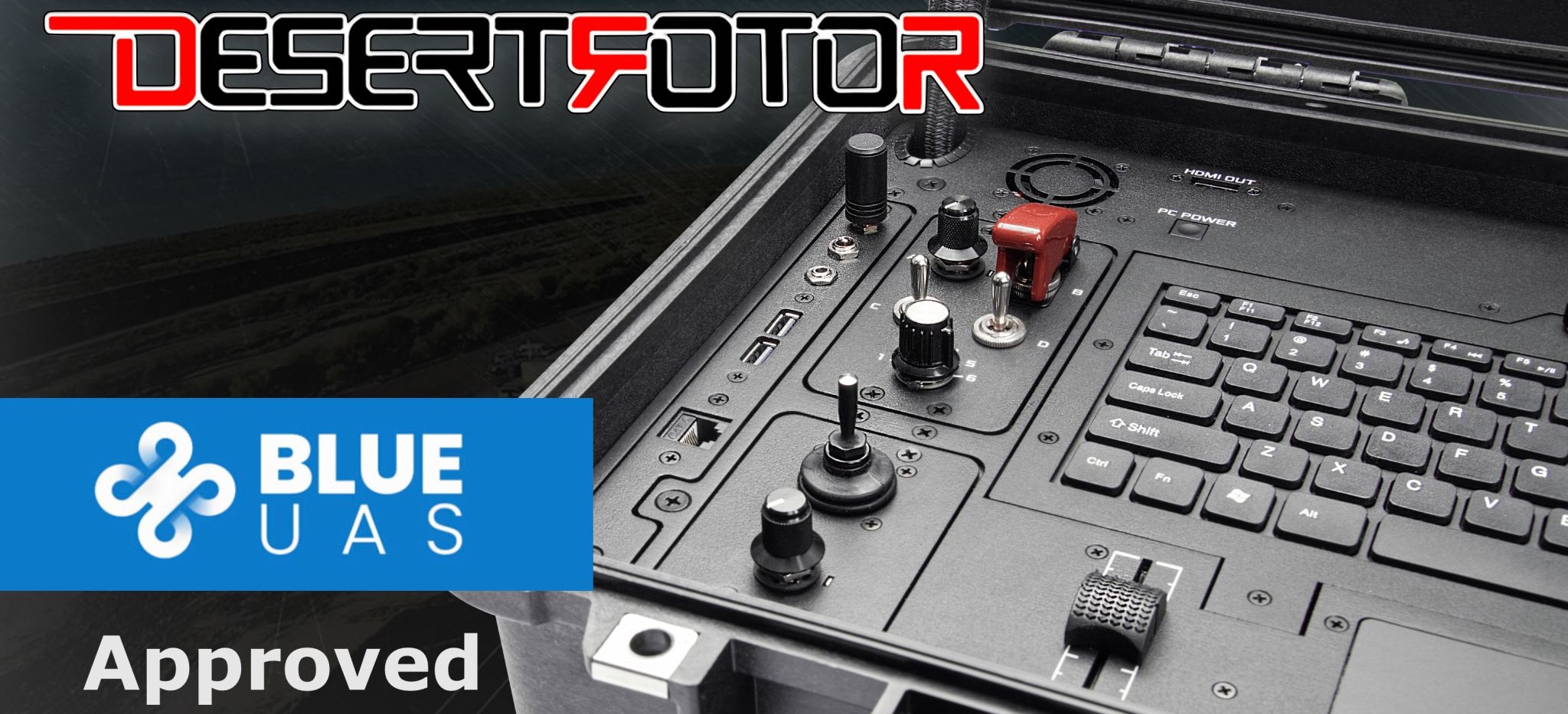The Largest and Most Powerful Autonomous Vehicle on Campus, Powered by T-MOTOR MN801-S Motors

On university campuses around the world, student-led engineering projects are pushing the boundaries of what autonomous systems can achieve. These projects not only inspire innovation but also lay the groundwork for real-world applications in critical sectors such as firefighting, disaster relief, and industrial logistics. One of the most ambitious undertakings to date is Zeus — the largest and most powerful autonomous vehicle ever built on our campus.
At the heart of this groundbreaking achievement are T-MOTOR’s MN801-S motors paired with 32.2-inch carbon fiber propellers, delivering unmatched levels of power, stability, and reliability.
The Power Behind Zeus
The Zeus project began with a simple but challenging question: How can we design an autonomous aerial platform capable of carrying substantial payloads for life-saving missions?
Traditional drone configurations quickly revealed their limitations. Most platforms either lacked the lifting power required for heavy-duty tasks or generated excessive noise that restricted their operational use. The search for a solution led the team to T-MOTOR, a global leader in high-performance propulsion systems.
The MN801-S brushless motors were chosen for their 17 kilograms of thrust per motor. Combined with large 32.2-inch carbon fiber propellers, this configuration offered the perfect blend of silent operation and raw power. With these components, Zeus achieved an unprecedented lifting capacity, making it fit for tasks far beyond the reach of conventional drones.
Designed for Heavy-Duty Missions
While the engineering accomplishment itself is impressive, the team behind Zeus had a clear vision: to create a platform that could be deployed in firefighting and other high-risk environments.
Firefighting drones require robust lifting power to carry hoses, fire retardants, or rescue equipment. At the same time, they need endurance and stability to maintain flight in challenging conditions such as heat, wind, and smoke. The MN801-S motors deliver precisely this balance, offering smooth control even under demanding payloads.
With its immense thrust and reliable propulsion, Zeus demonstrates how next-generation drones can take on roles once reserved exclusively for manned helicopters. The potential to reduce risks for human firefighters is one of the project’s most compelling motivations.
The Innovation Ecosystem
Building Zeus was not only about assembling powerful motors and propellers; it was also a collaborative effort that involved software development, autonomous navigation systems, and safety protocols.
The team integrated AI-driven autonomy features, allowing Zeus to plan routes, detect obstacles, and respond to dynamic environments without direct human control. Together with the propulsion system, these features create a fully autonomous heavy-lift vehicle capable of operating in high-stakes environments.
Why Silent Power Matters
A unique feature of the MN801-S motors is their quiet performance, even under heavy loads. Noise pollution is more than just a nuisance — it can limit operational deployment in urban or sensitive areas. By reducing noise levels, Zeus is better suited for use near residential zones, critical infrastructure, or during emergency operations where discretion is key.
Silent operation also allows Zeus to conduct missions such as search-and-rescue or disaster response without causing additional stress to victims or nearby communities.
Applications Beyond Firefighting
While firefighting remains the most urgent application, Zeus’s capabilities extend far beyond a single use case:
- Search and Rescue: Carrying thermal imaging sensors or medical supplies into hard-to-reach disaster zones.
- Industrial Logistics: Transporting heavy tools and equipment across large facilities or remote worksites.
- Agriculture: Managing large-scale crop spraying or seed deployment with greater efficiency.
- Infrastructure: Supporting construction or maintenance tasks by lifting materials to elevated positions.
Each of these applications benefits from the power, reliability, and autonomy that Zeus represents.
Inspiring the Next Generation of Engineers
Beyond its technical specifications, Zeus stands as a symbol of what students and researchers can achieve with the right tools and determination. Powered by T-MOTOR’s MN801-S propulsion system, the project demonstrates how access to cutting-edge technology empowers innovation.
For the campus community, Zeus is more than just a record-breaking vehicle — it is a proof of concept that the next wave of autonomous aerial systems can be designed not only for academic exploration but also for real-world impact.
Conclusion
Zeus is a remarkable achievement in autonomous aerial engineering, blending the sheer power of T-MOTOR MN801-S motors with advanced autonomy and innovative design. With up to 17 kg of thrust per motor, Zeus has redefined what is possible for heavy-lift drones and opened the door to new firefighting, rescue, and industrial applications.
By marrying silent operation with extraordinary lifting capacity, Zeus embodies the future of unmanned aerial vehicles: powerful, intelligent, and ready to take on humanity’s most urgent challenges.

.png)


